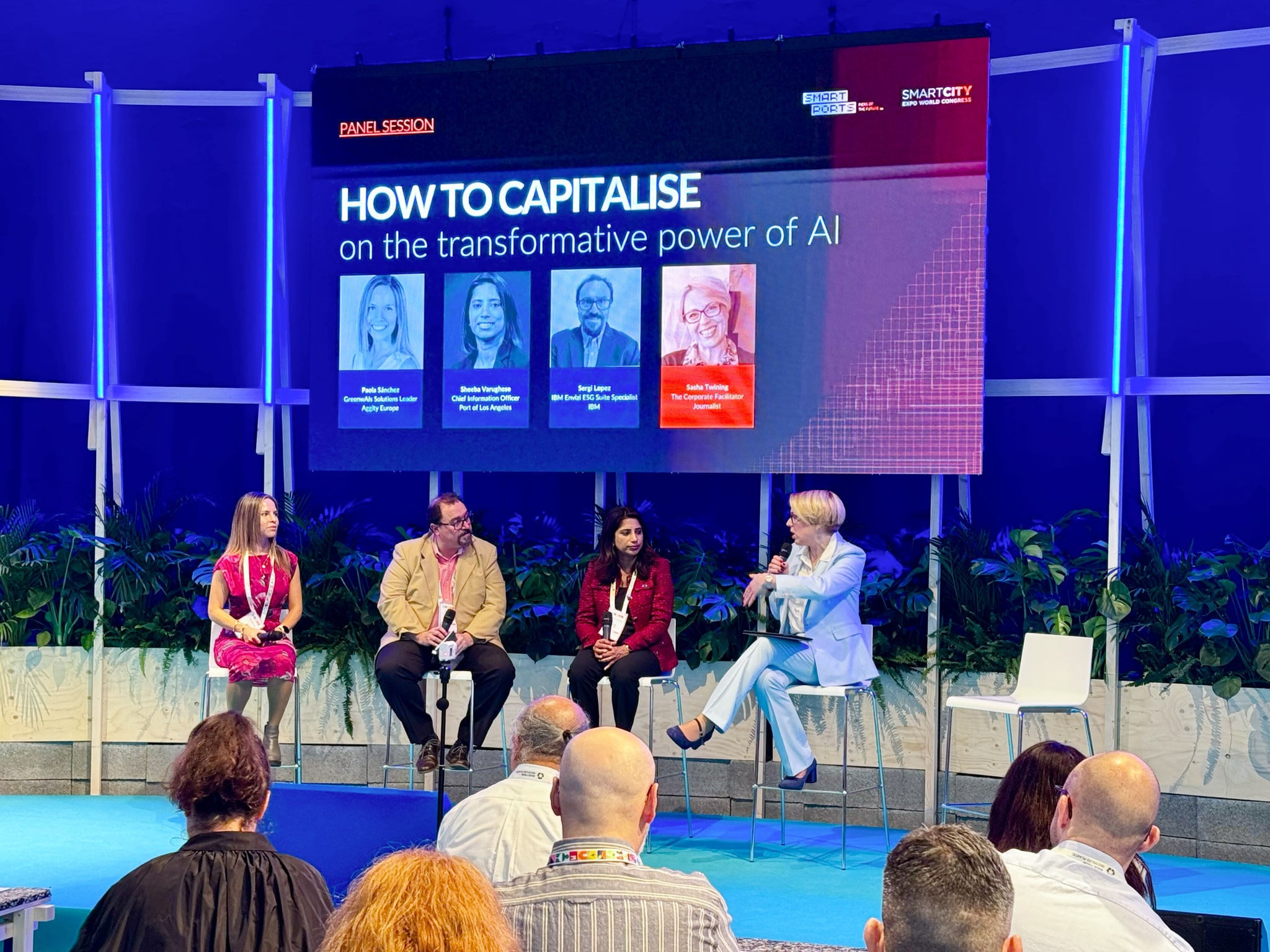How to increase engagement with engagement strategies

For companies looking to improve their relationship with customers and increase their participation, engagement strategies are key. In this post how engagement techniques can transform customer interaction and foster a deeper, more meaningful connection.
Tabla de contenidos
ToggleDiscover how to increase customer engagement by applying effective engagement strategies. Learn essential tactics in our post.
The key to the success of any company lies with the customer. Without them, no organization would exist and, therefore, it is necessary to build and maintain a close relationship with them. Engagement strategies, also known as customer engagement techniques, play a fundamental role in establishing a deep and lasting connection between the company and its customers.
The objective pursued with the development of engagement strategies is to get customers involved with a certain brand, product or service marketed by a company. The idea is that the customer not only makes a purchase, but that an ongoing relationship is established that allows loyalty, maintains their interest in the long term and even turns that customer into a spokesperson for the brand that attracts other customers.
The engagement strategy should cover both physical environments with attractive experience proposals and digital environments and should, for example, boost engagement in social networks, improve user interaction or promote an increase in online participation .
Essential elements
Engagement strategies can incorporate different techniques and elements. Relying on tools to improve engagement as the platform Digital Customer Engagement by aggity allows you to know exactly who the customer is, so that you can provide them with the product, service or experience that best suits their needs in real time and in an integrated way across both physical and digital channels.

Such a platform allows the company to know its audience perfectly and provides it with the ability to measuring digital engagement as it includes analysis tools for to better understand customer preferences and behaviorsas well as for segmenting the audience y customize communications.
Create relevant content
One of the most important elements in engagement strategies is the creation of relevant and valuable content that allows the company or brand to connect with both the existing customer base and those who show interest in it.
Good content, including branded-content, is more likely to generate greater loyalty from digital users and can be disseminated in different channels, whether corporate blogs, the company’s different accounts on social networks or in brochures and marketing campaigns, among others. Through these, the company can incorporate customer testimonials, tips and tutorials related to a particular product or service, as well as marketing campaigns that attract and maintain customer interest.
Related to content, it is also important to encourage interaction with customers through questions, calls to action or more interactive formats such as surveys or questionnaires. All of this will lead to an increase in online participation, which in turn will create a community of satisfied users who will become the brand’s main ambassadors.

Multiple channels
The greater the number of channels, the greater the chances of attracting and retaining customers. For example, if communication with the customer is carried out only by telephone or e-mail, the company will be losing the possibility of reaching new users. Likewise, the customer service department will be saturated, which in peaks of demand can be a problem that will have a negative impact on the company’s image.
Using multiple channels will maximize impact and allow you to reach a diverse and fragmented audience. If this multiplicity is combined with online engagement tactics and interactive content strategies, it can more effectively capture the attention and loyalty of users.
Fast and personalized response
One of the objectives that engagement strategies should pursue is the optimization of thecustomer experience. Two important factors must be taken into account here: rapid response to customer interactions and personalization.
When customers approach a company through any of the available channels, they need the fastest possible response. This promotes their loyalty to the brand and helps build a solid relationship. Conversely, a slow response will generate dissatisfaction, which may result in a loss of potential customers.
Moreover, just as personalization influences campaigns, the response given to a customer needs to be as personalized as possible. In this way, you will see that the company knows you and cares about your needs, which will help build a deeper connection.
Últimos posts

aggity strengthens its commitment to sustainability as a SILVER partner of “Fundación Empresa & Clima”.

aggity participates in the IBM Ecosystem Summit 2024 with an applied case of Generative AI in the food industry

Aggity, together with the multinational Fortinet, present an exclusive event in Lima on the application of Generative AI in Corporate Cybersecurity.

aggity participates in Smart Ports: Piers of the Future

aggity Supports the Contigo Foundation at its Annual Dinner

Challenges and Opportunities of Generative AI in Industry: Our Experience at BNEW

Official Liferay Partner in Spain





